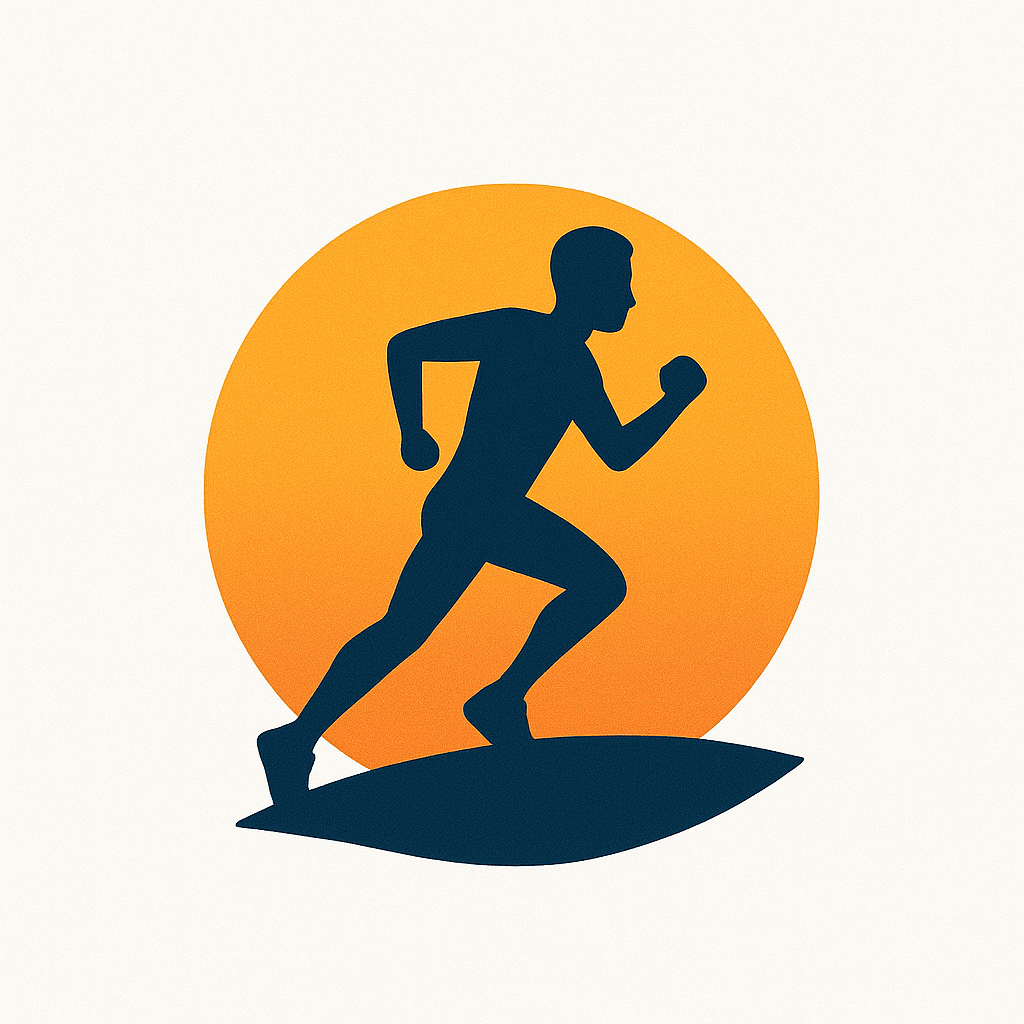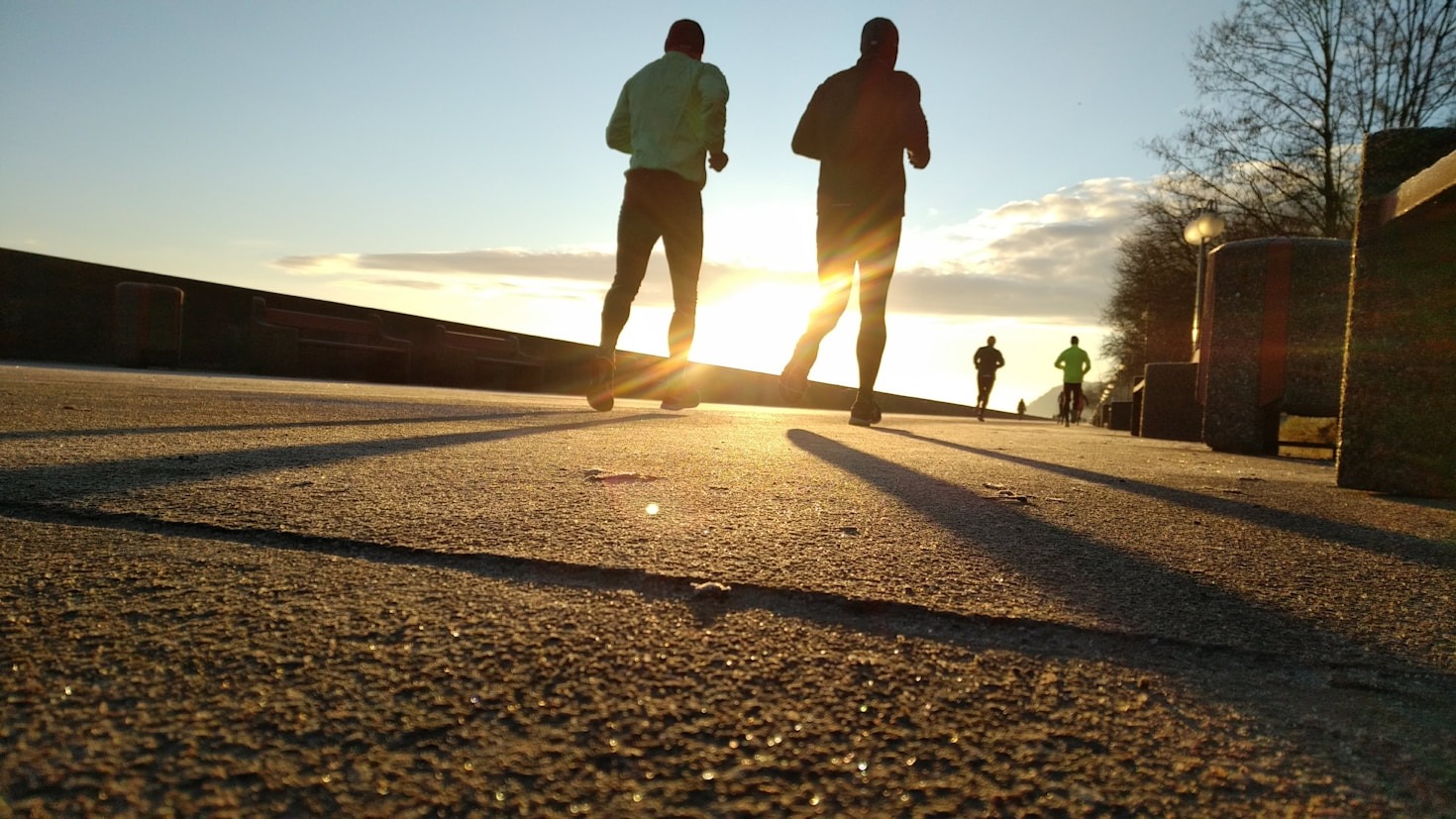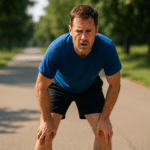Every runner knows the feeling: some runs feel effortless, inspiring—even magical—while others feel like a chore from the first step. Often, the difference isn’t just your energy or the weather. It’s the route. The terrain beneath your feet, the surrounding sights, the sounds in your ears – they all shape your experience. Finding your ideal running route can mean the difference between a run you endure and one you crave. So how do you find the path that makes you feel alive?
“You don’t just run through landscapes. You run through emotions, through silence, through yourself.”
Step One: Know Your Running Style
Before you even open Google Maps or a running app, ask yourself: What kind of runner am I today? Are you chasing speed on smooth pavement, or peace on forest trails? Are you training for a race, or clearing your head after a long day? Your ideal route depends on what you need.
- For speed and intervals: Look for flat, uninterrupted paths—tracks, riverside roads, or urban loops with few stoplights.
- For relaxation and mindfulness: Trails, parks, or quiet suburban streets can offer the rhythm and serenity you seek.
- For endurance training: A route with varied terrain and slight elevation keeps things interesting and builds strength.
There is no single “perfect” route—it changes with your goals, mood, and even the season.


Natürlich! Hier ist ein ausführlicher, inspirierender und informativer Artikel auf Englisch mit dem Titel:
Step Two: Let the Tools Guide You (But Not Control You)
Modern technology makes exploring easier than ever. Use apps like Strava, Komoot, MapMyRun, or AllTrails to browse popular routes in your area, filter by distance or terrain, and even see elevation profiles. Local running clubs often share their favorite loops online. But don’t let digital tools kill the spirit of exploration. Sometimes, the best routes are the ones you discover accidentally—turning left instead of right, following a path you’ve never noticed before.
Try this: pick a general direction and run to discover. You don’t need to have every step mapped out. Let curiosity lead you. The joy of the unknown can make a routine run feel like an adventure.
Step Three: Tune into the Senses
Your ideal route isn’t just about logistics—it’s about how it makes you feel. Do you hear birdsong or traffic? Do you pass trees or storefronts? Is there a long hill that makes you proud every time you conquer it? These details matter. A good running route should speak to you. It should energize or calm, challenge or soothe, depending on what you need.
Think about:
- Soundscape: Parks, rivers, and trails tend to offer a more meditative atmosphere.
- Scenery: Beauty matters. A sunrise over the fields, light through autumn leaves, or city lights at dusk can make the same path feel new again.
- Familiarity vs. Novelty: Some runners thrive on routine. Others on variety. Find your balance—maybe a “home route” for regular days, and new ones for weekends.
Step Four: Safety, Comfort, and Seasonality
A perfect route isn’t just beautiful—it should feel safe. Well-lit paths, sidewalks, clear signage, and areas with people nearby are key, especially for early morning or evening runs. Take note of traffic, loose dogs, and sketchy areas. Don’t ignore your gut feeling—your peace of mind matters.
Also: weather changes everything. A breezy summer route might be unbearable in winter. Paved paths might become icy. Dirt trails might flood. It’s smart to have seasonal alternatives ready. And please remember hydration: plan routes near water fountains or loops that let you pass your starting point to grab a drink or layer.
Final Thoughts: The Perfect Route is the One That Feels Like Yours
In the end, the best running route isn’t the most popular, the flattest, or the most scenic. It’s the one that makes you want to run. It’s the path where your breath finds rhythm, your mind finds peace, and your body feels strong. It may take time to find. But once you do, it becomes more than a route—it becomes a ritual. A thread woven into the fabric of your life.
So lace up. Explore. Listen. You’re not just looking for a path to run—you’re looking for a path to be.
Links :
Strava : https://www.strava.com/
Komoot : https://www.komoot.com/
MapMyRun : https://www.mapmyrun.com/
AllTrails : https://www.alltrails.com/






Leave a Reply